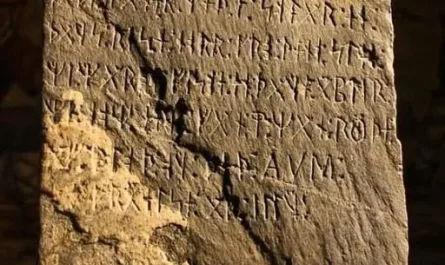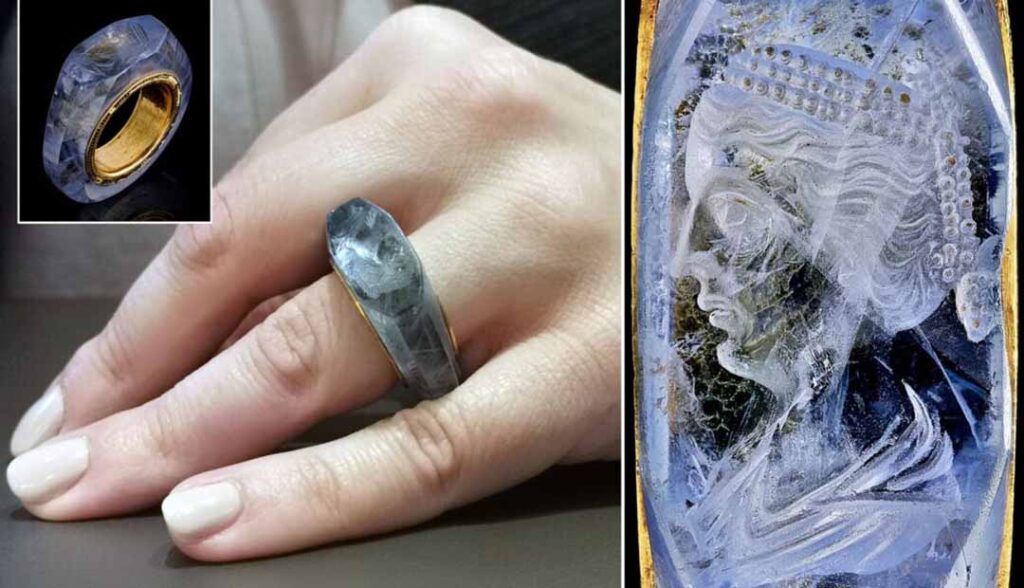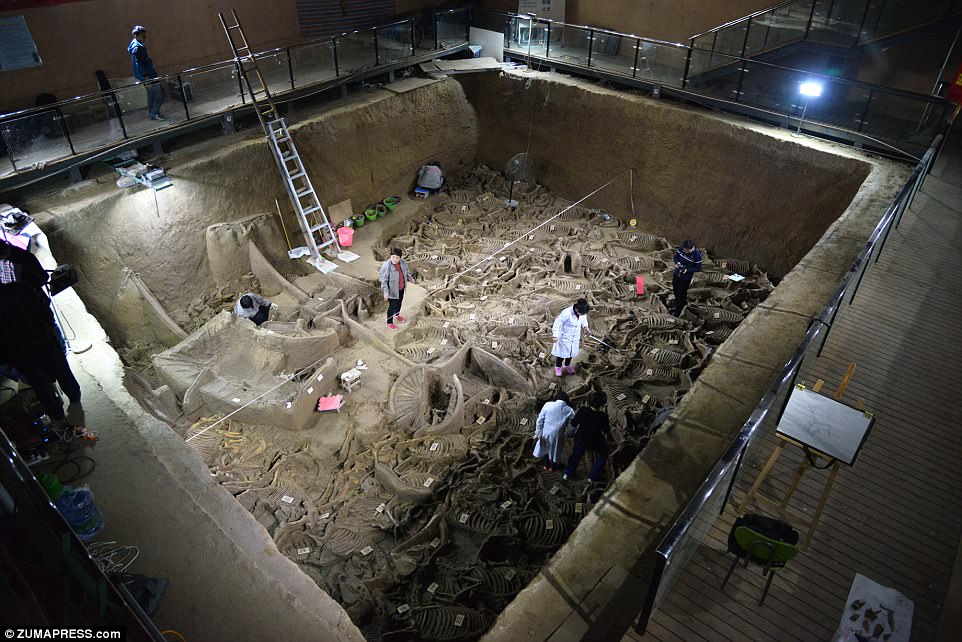Captured in a poignant 1899 photograph from Damascus, the story of Samir and Muhammad is a testament to human connection transcending physical limitations and societal divides. Samir, a Christian dwarf unable to walk, and Muhammad, a blind Muslim, formed an inseparable duo in the bustling streets of late Ottoman Damascus. Orphans sharing a single room, they relied on each other’s strengths—Samir’s sharp eyes guiding Muhammad’s steps, and Muhammad’s strong back carrying Samir through the city. As a hakawati (storyteller), Samir spun tales of One Thousand and One Nights at a local café, while Muhammad sold bolbolas (sweets) outside, listening to his friend’s enchanting stories. Their profound friendship, rooted in mutual dependence and shared humanity, culminated in Muhammad’s heartfelt mourning of Samir’s death, with a simple yet powerful declaration: “Here we were the same,” pointing to his heart.
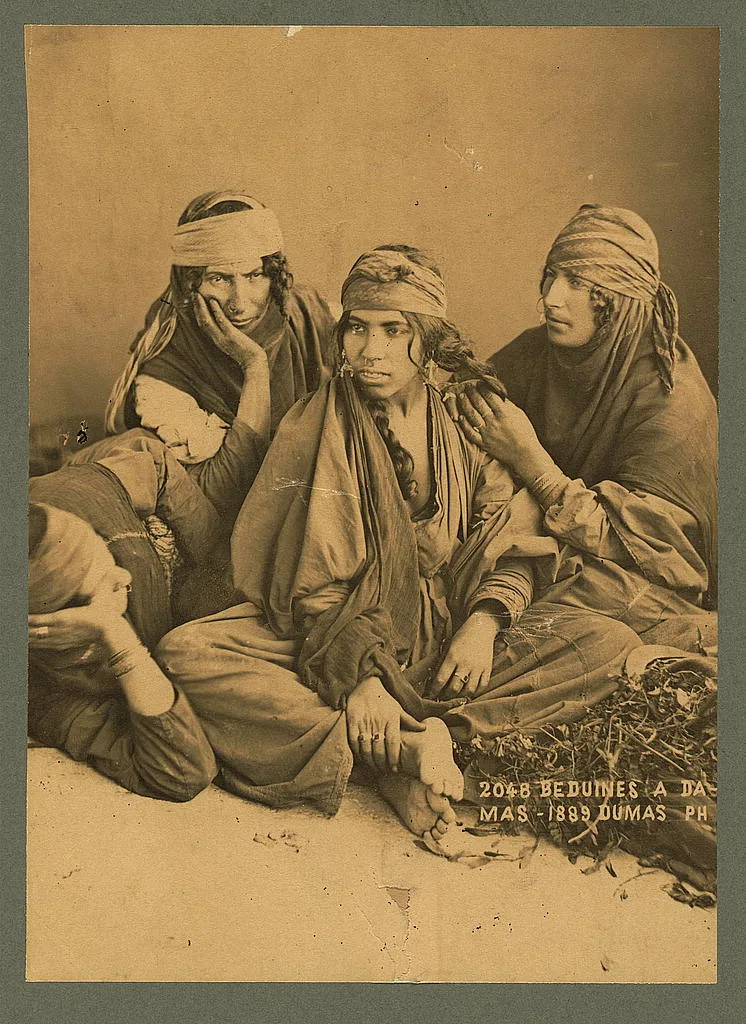
A Symbiotic Partnership
In 1899, Damascus was a vibrant hub of the Ottoman Empire, its souks and cafés alive with diverse communities—Muslims, Christians, Jews, and others. Samir and Muhammad, both marginalized by their disabilities and orphanhood, forged a unique partnership. Samir, perched on Muhammad’s back, described the winding alleys, bustling markets, and minarets of the Umayyad Mosque, guiding his blind friend through the city’s maze. Muhammad, in turn, provided mobility, carrying Samir to their daily haunt—a café, likely in the Al-Hamidiyah Souk, where patrons gathered for coffee and stories.
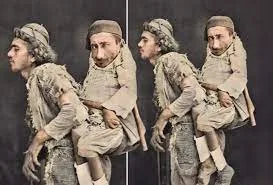
Samir’s role as a hakawati was central to their world. These storytellers, revered in Arab culture, wove epic tales of adventure, love, and magic, drawing from One Thousand and One Nights—stories of Scheherazade, Aladdin, or Sinbad. His voice, rich with emotion, captivated listeners, earning tips that sustained the pair. Muhammad, selling bolbolas (possibly sugar-coated almonds or similar confections), found joy in Samir’s tales, their rhythm blending with the clatter of coffee cups and the hum of the crowd. Their interdependence mirrored the ingenuity of historical figures like the Dahomey Amazons, who used cornrows for covert communication, or the builders of Newgrange, aligning structures with cosmic purpose.
A Shared Life and Loss
Living in a single room, likely a modest rented space in Damascus’s old city, Samir and Muhammad built a life of mutual support. Their disabilities, which could have isolated them in a society with limited social safety nets, instead fostered a bond that transcended religious differences. Damascus in 1899 was a melting pot, but tensions between religious communities existed under Ottoman rule. Yet, as Muhammad later said, their hearts were “the same,” a reflection of shared humanity over dogma.

The photograph, possibly taken by a traveling European or local studio like the Abdullah Brothers, freezes a moment of their daily routine—Samir on Muhammad’s back, navigating a cobbled street. Its survival, perhaps in an archive or private collection, speaks to its emotional resonance. When Samir died, Muhammad’s grief was profound. For seven days, he mourned, a period rooted in Islamic tradition but also a universal expression of loss. His words, “Here we were the same,” pointing to his heart, echo the universalism of friendship, cutting through the era’s religious and social divides.
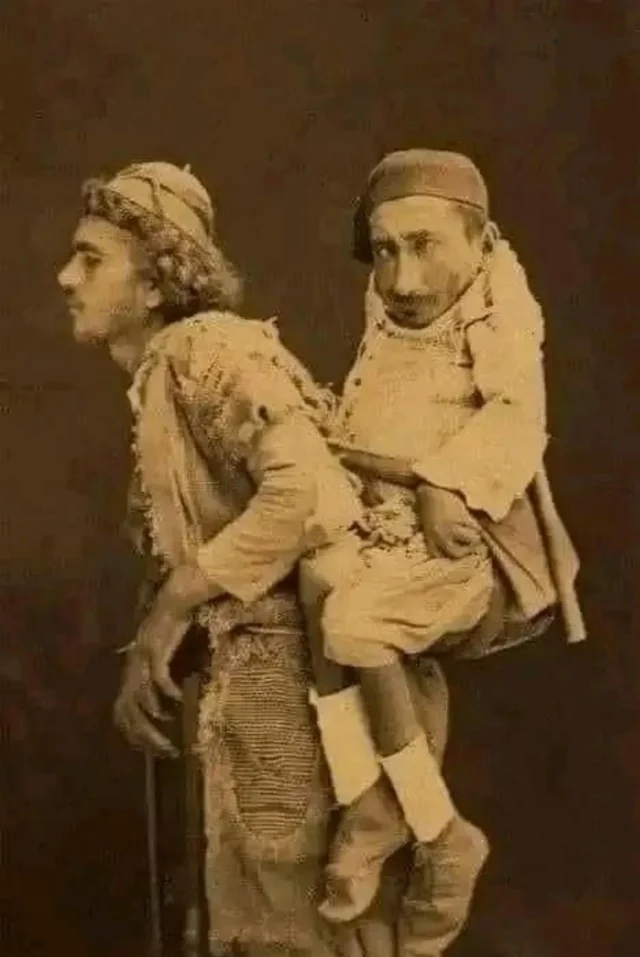
Cultural and Historical Context
The story unfolds against the backdrop of late 19th-century Damascus, a city of 150,000 under Ottoman governor Midhat Pasha’s reforms. Cafés were cultural hubs, where hakawatis entertained diverse crowds, and street vendors like Muhammad were fixtures of urban life. The era saw growing Western influence—photography itself was a new art form, introduced by Ottoman and European studios—yet traditional practices like storytelling thrived. Samir and Muhammad’s story, like Baltermants’ frost-napping babies or the Jadeite Cabbage’s symbolism, captures a moment where culture, resilience, and human connection converge.
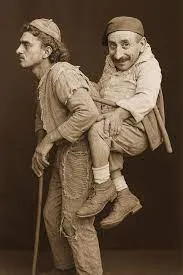
Their interfaith friendship was notable but not unique in Damascus, where Christians (about 10% of the population) and Muslims coexisted, often intermingling in markets and neighborhoods. Their story challenges stereotypes of rigid religious divides, showing how shared hardship fostered unity, much like the cultural exchanges reflected in the Lamassu or Pont Alexandre III.
Lessons for Today
Samir and Muhammad’s bond offers timeless lessons:

Mutual Reliance: Their partnership, like the Amazons’ cornrow maps, shows how collaboration overcomes limitations, inspiring teamwork in diverse communities.
Universal Humanity: Muhammad’s words highlight shared emotions over differences, urging empathy in today’s polarized world.

Cultural Preservation: Their story, preserved in a photograph, mirrors efforts to protect artifacts like the Medusa head, encouraging us to document human narratives.

A Heartfelt Legacy
The 1899 photograph of Samir and Muhammad, navigating Damascus’s streets, is a powerful emblem of friendship and resilience. Like the black seadevil’s rare ascent or Irfan Habib’s enduring scholarship, it captures a fleeting yet profound truth: in the heart, we are the same. Their story, woven from storytelling and sweets, remains a beacon of unity, reminding us that even in a divided world, human connection can light the way.
